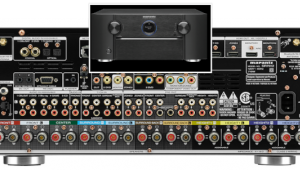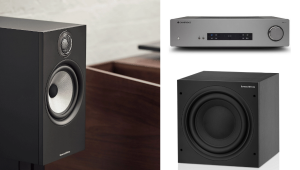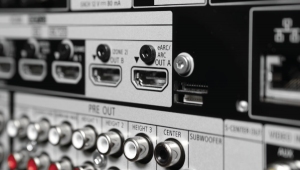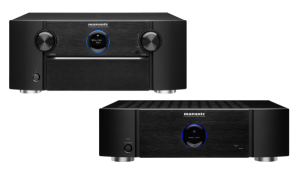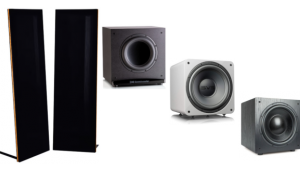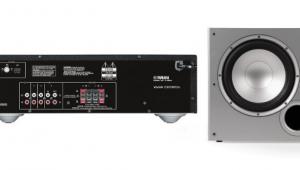HDMI Handshaking, Soap-Opera Effect, Cal Without Tools

I have an LG 50PK750 plasma TV connected to a Sony Blu-ray player via HDMI. When i switch inputs from the cable box to the BD player, I may or may not get sound. It seems to work more often if I switch the input and then power up the player. No one I've talked to, including an LG tech, has any knowledge or advice about this. Any suggestions would be greatly appreciated.
Brad Gonzales
It sounds to me like an HDMI handshaking issue, and I'm surprised the LG tech didn't think of this. If that's the case, there might not be much you can do about it, other than turning the player on after switching to its input on the TV. Running both signals through an A/V receiver or switcher might help, but I don't really know.
I asked HDMI Licensing about this, and while they can't diagnose or solve your problem specifically, they did offer these possibilities:
If you are attempting to use a single remote control to control both units, this could perhaps be a problem with CEC (Consumer Electronics Control, HDMI's protocol for integrating the operation of connected devices, which is called SimpLink by LG and Bravia Sync by Sony). You might try enabling or disabling various menu items associated with this feature.
Two other thoughts came to mind after surfing the forums a bit:
1. Try selecting different sound formats in the BD player. For example, maybe you can get something minimal working every time it switches with stereo only. Not ideal, but it's a start.
2. Sony and other manufacturers periodically release firmware updates for their products. Perhaps the BD player needs an update (or maybe the TV as well, if it can accept updates).
By surfing the forums, you could well find others who have the same problem with the same equipment, and perhaps a more definitive solution. Or maybe one of our readers has had a similar experience and can shed some light on your predicament.
Soap Scum
Everything I've read tells me that the "soap-opera effect" seen on 120 and 240Hz LCDs is not caused by the refresh rate but by such things as Samsung's Cinema Smooth and Sony's Motionflow features. Can you give me your perspective and correct me if I'm wrong?
Tony Toscano
You are exactly correctthe "soap-opera effect" is caused by frame interpolation, in which the TV creates new frames and places moving objects where it thinks they would be if the scene had been shot at the higher frame rate. (For those who aren't familiar with it, the "soap-opera effect" makes movies look like they were shot on video rather than film, much like a soap opera.)
If you disable the TV's frame interpolation (which Samsung calls Auto Motion Plus and Sony calls Motionflow), each incoming frame is simply repeated so that the refresh rate is 120 or 240Hz, and you won't see the effect. However, you won't see any improvement in motion detail, either.
BTW, Cinema Smooth is not frame interpolation as you imply in your question. It's Samsung's name for a function in its plasmas that displays 24fps movie content at 96Hz, displaying each frame four times, thus avoiding 3:2 pulldown.
No Can Do
Is it possible to adjust the white balance and color space on my Samsung LCD without test equipment? Some of the controls on this set don't explain themselves very well.
Larry Ficks
It is not possible to correctly adjust these controls on any TV without test equipment and training. The best you can do without them is to adjust the basic picture controls (contrast, brightness, color, tint, sharpness) using a setup disc such as HDTV Calibration Wizard on DVD or High Definition Benchmark on Blu-ray; see my detailed explanation of this process here.
I agree that the white-balance and color-management controls are not very intuitive, and most owner's manuals don't do a good job explaining them. That's where calibration training comes in very handy.
BTW, the range of colors displayed by a TV is called its color gamut, not color space, though these two terms are often mistakenly used interchangeably, even by manufacturers. Color space is the mathematical representation of colorfor example, RGB and YPbPr are different color spaces.
If you have a home-theater question, please send it to scott.wilkinson@sorc.com.
